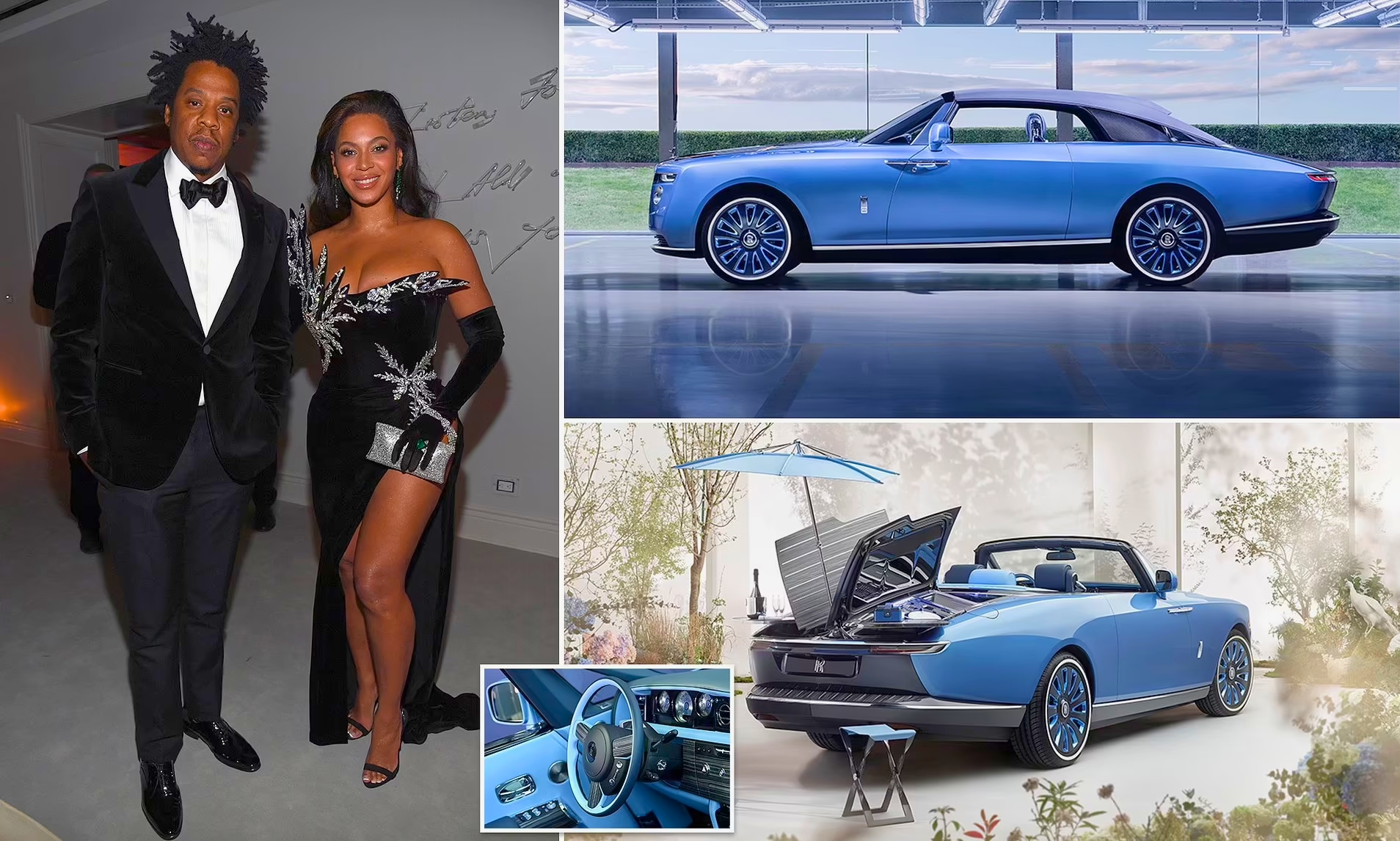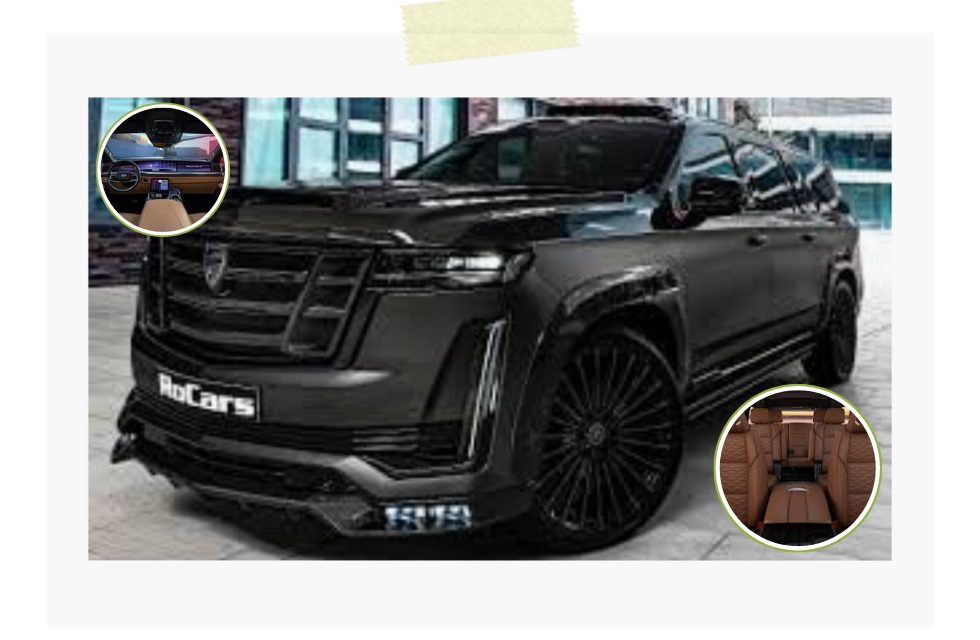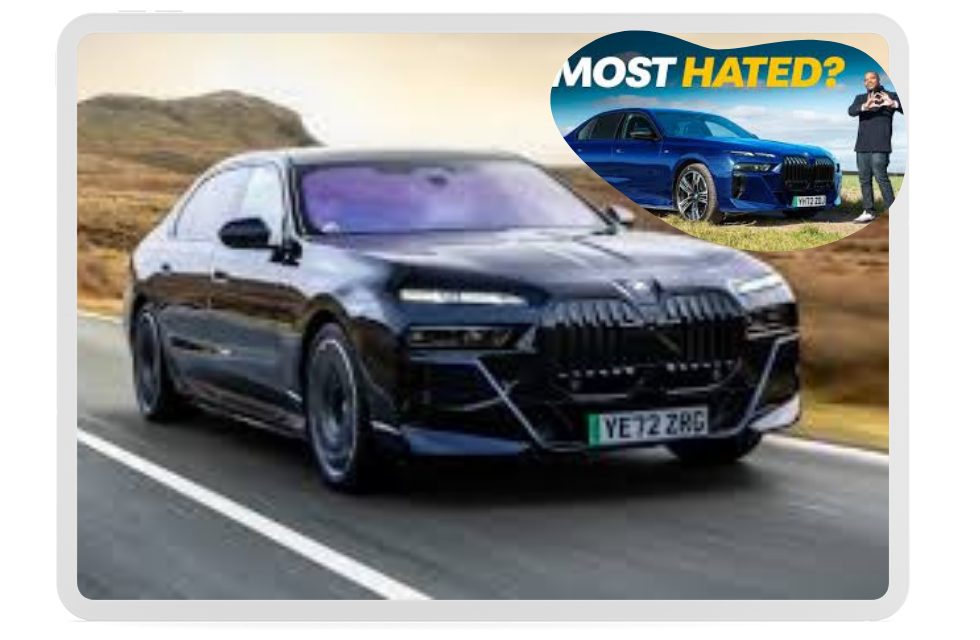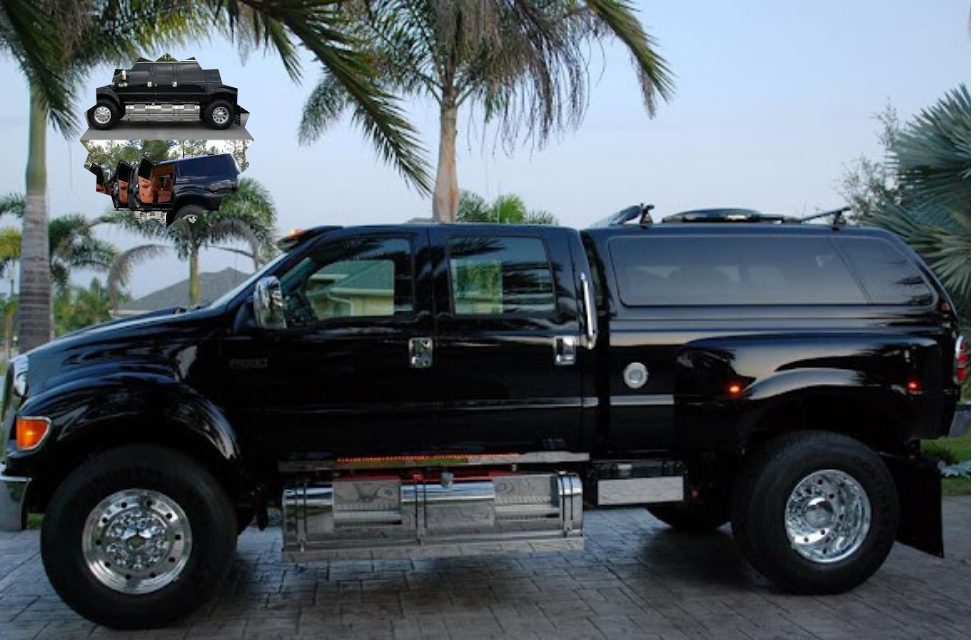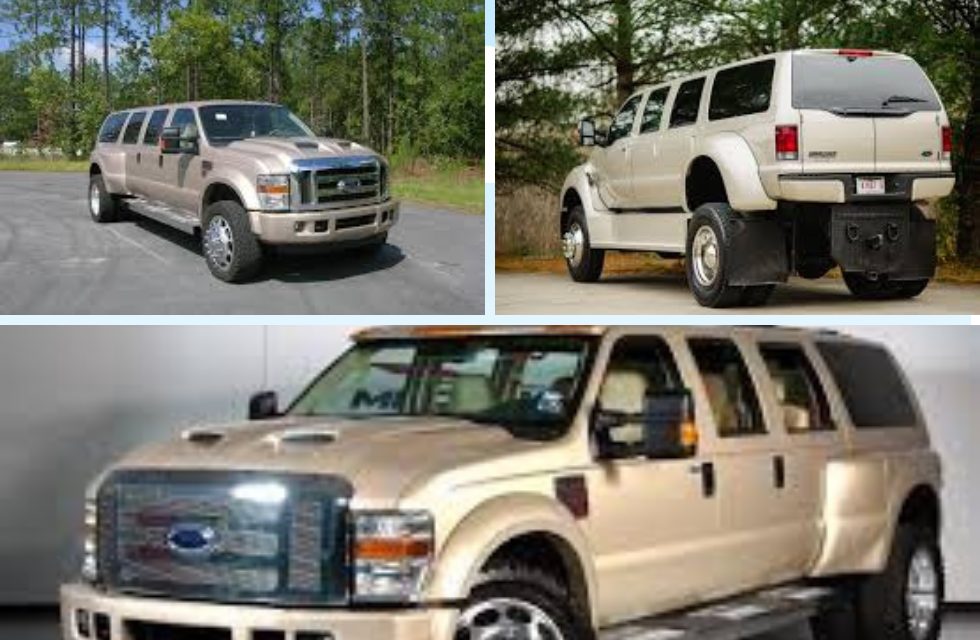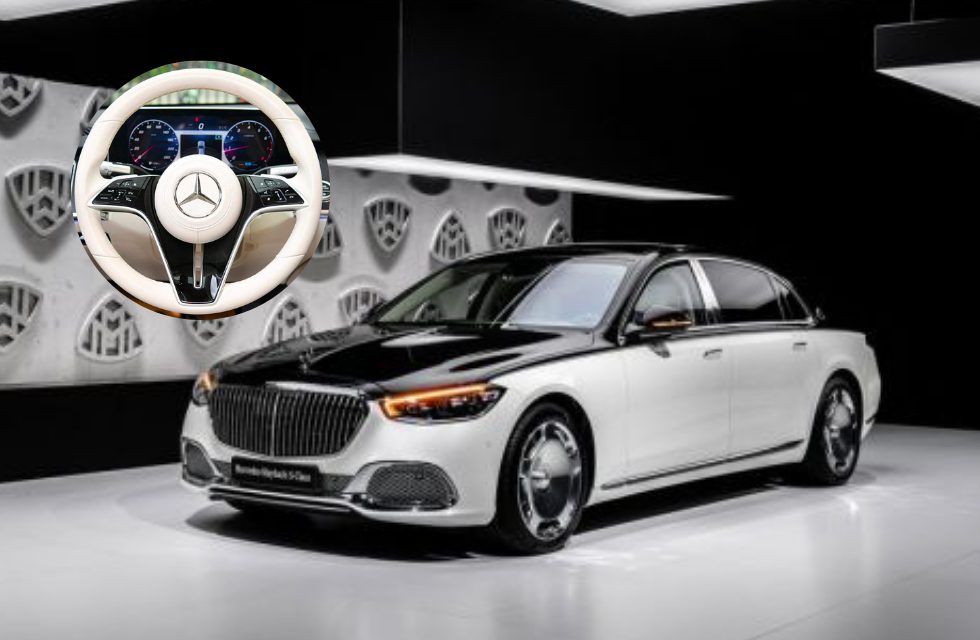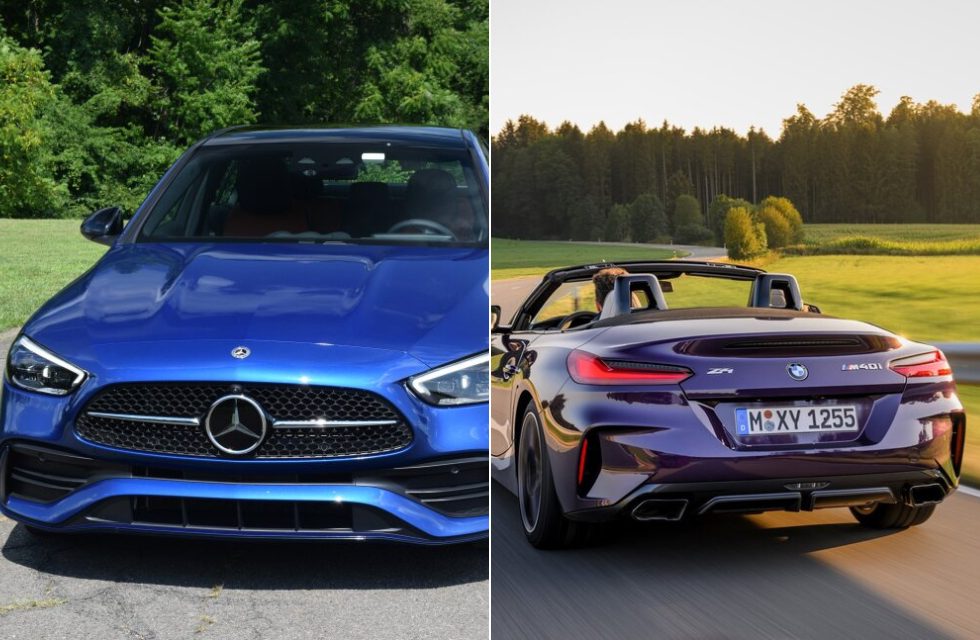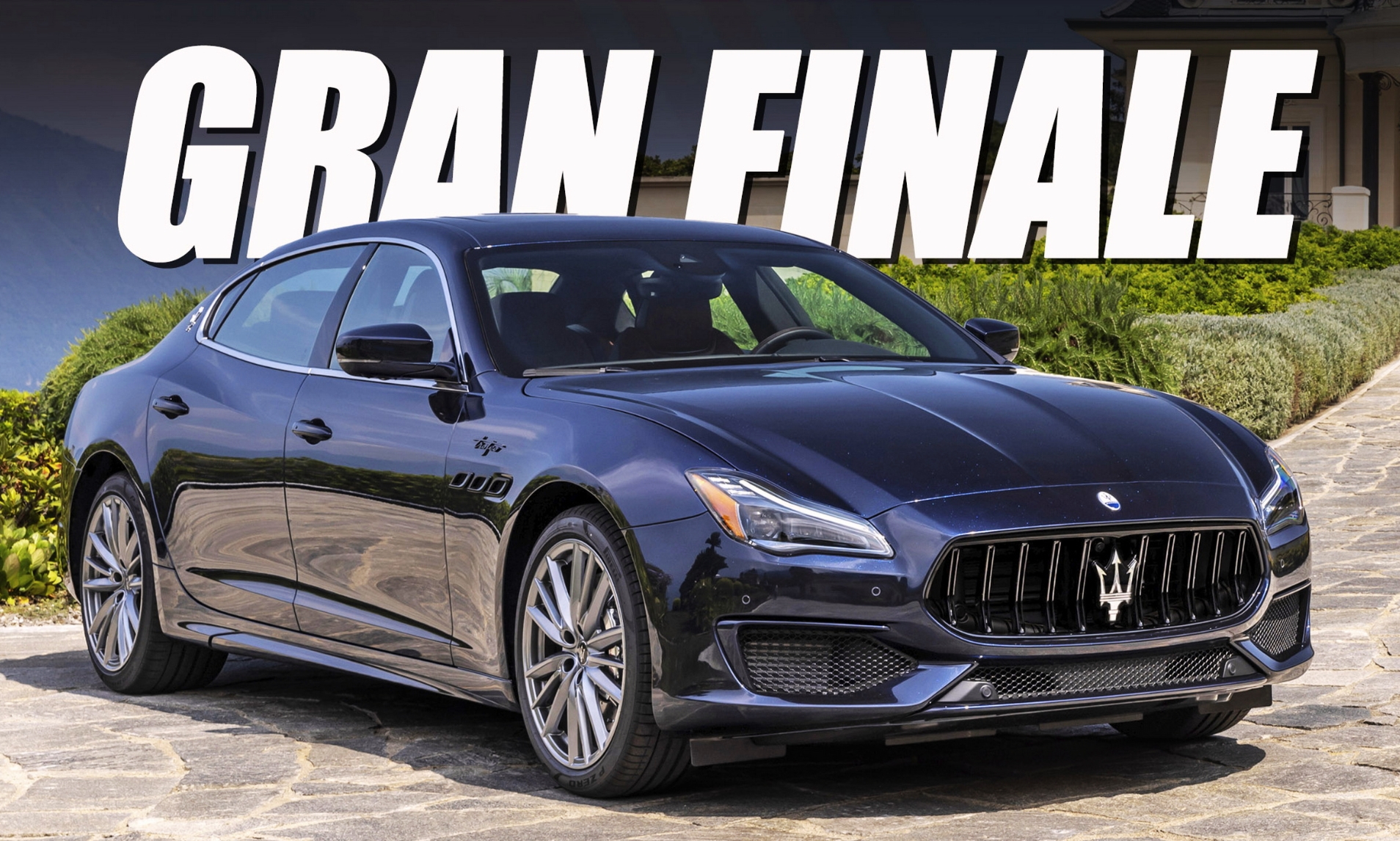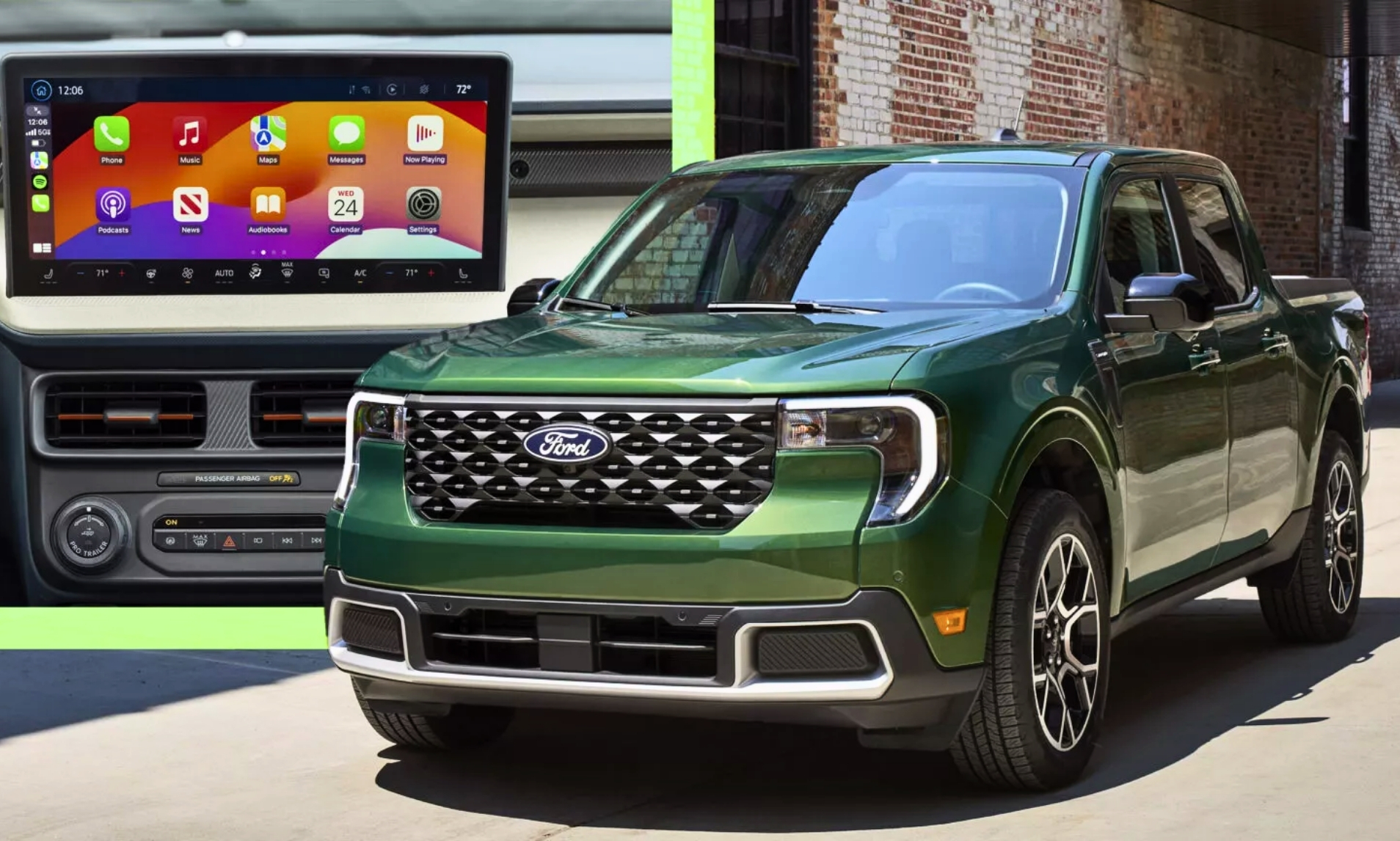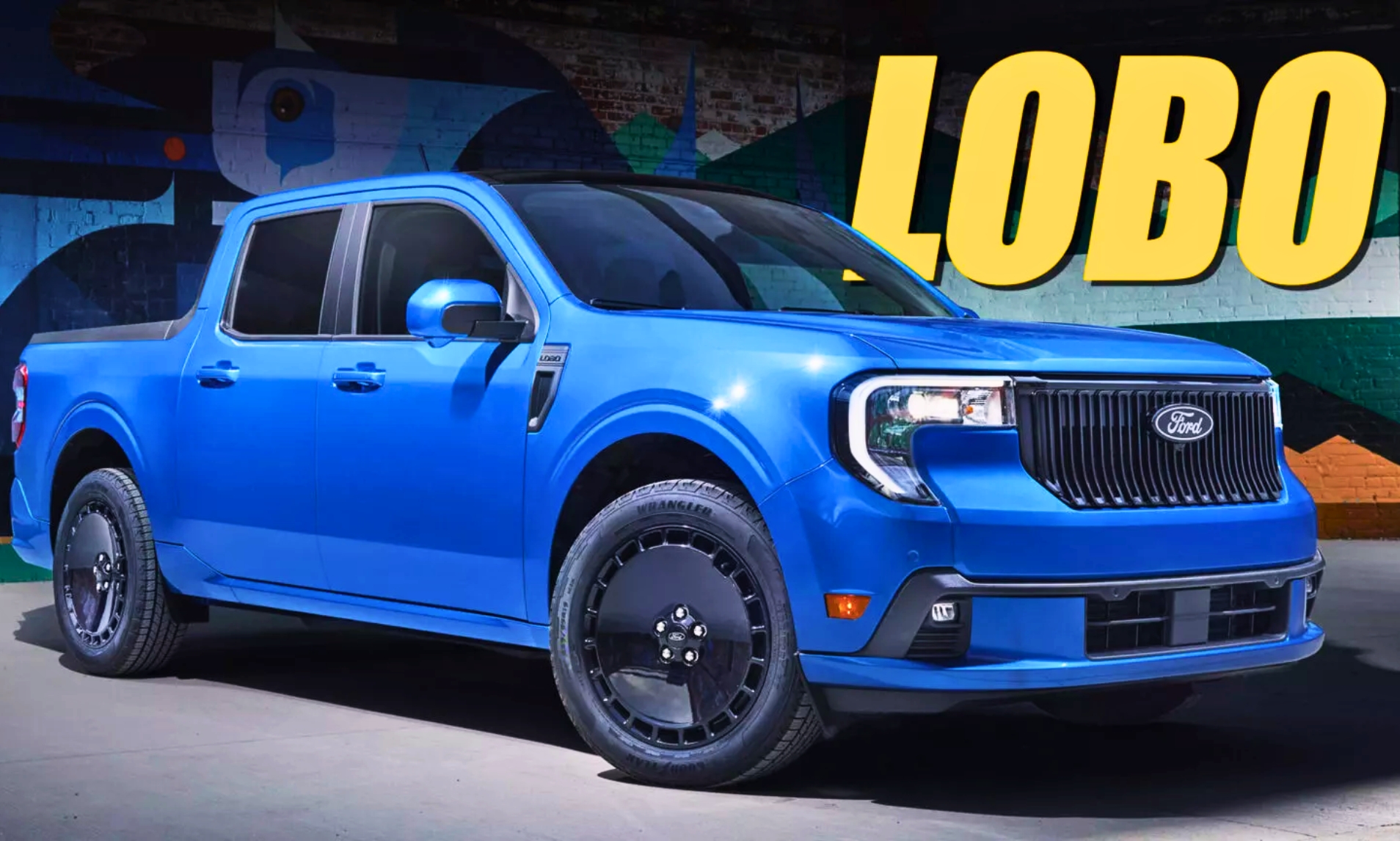Chevrolet introduced the Impala nameplate for 1958, and it would become a mainstay of Chevrolet’s model line-up that continues today. Its one-year-only body style debut for 1958 was followed by wildly finned styling for 1959 and 1960, was followed by a mature design of crisp, all-new body lines and General Motors’ new full-size B-Body chassis architecture for 1961. With stylistic influences by GM’s chief designer Bill Mitchell, the top-of-the-line Impala of 1961 through 1964 became one of the definitive full-size American automobile designs of the 1960s. Designed by Chevrolet Styling Chief Clare MacKichan under Mitchell’s influence, the 1961 Chevrolet did away with the Earl-designs fins of the previous decade, replacing it with a bobtail motif of two beads beginning in a V between the taillights and flowing forward to define body-side accents, further emphasized by narrow chromed spears on Bel Air and Impala models. Also in the back were triple taillight treatments, a crossed racing flag insignia at the center of the rear deck. The rear fenders had the crossed racing flags and the model identification script. The front end continued the conservative theme, with a clear family resemblance to the Chevrolet brand. Another design feature of the new Impala was the larger greenhouse to counter earlier complaints of insufficient headroom.
1961 was an important year for Chevrolet muscle car enthusiasts and a watershed moment when the term 409 joined the Impala SS line. 142 examples were built in the inaugural year of this displacement, as well as the first year for the dealer-installed Super Sport model packaging that allowed these cars to be produced on the assembly line with upscale trim and components as standard equipment. The 409 cubic-inch engine, with its signature W-head configuration and four-barrel carburetor, produced 360 horsepower.
To educate their salesforce on the specifications of the Super Sport, Chevrolet published a pamphlet, with the introductory description stating, ‘Super Sport is the highly personalized Impala that blends Chevy’s full-size, top-of-the-line luxury with a peak performance power team and true sports car equipment. There’s a choice of three top-powered V-8s (all over 300 hp), plus sports-minded interior richness, competition-type suspension and brakes, and distinctive ‘SS’ identification inside and out. It’s a complete special package for discriminating customers who like sports car flair and go, teamed with big car elegance, suggest Chevrolet’s new Impala Super Sport.’
The Super Sport package was introduced midway through the model year and was offered on all body styles in the entire Impala lineup. Power steering and brakes, heavy-duty tires on station wagon wheels, special springs and shock absorbers, and sintered metallic brake linings formed the basis of the SS package. Engine choices included single 4-barrel-equipped hydraulic-lifter 348 CI big-block V-8s rated at 250, 280, 305 and 315 HP, a triple 2-barrel solid-lifter Tri-Power-equipped version rated at 335 HP, and the new-for-1961 409 CI Turbo-Fire engine.
Among the options exclusive to the Super Sport package includes the Sports Car Front Passenger Assist Bar, Electric Tachometer, Padded Instrument Panel, Power Steering, Power Brakes, Special Full Wheel Covers with Simulated Knockoff Hubs, Sintered-Metallic Brake Linings, Heavy-Duty Front and Rear Coil Springs and Shock Absorbers, and Distinctive Super Sport identification (‘SS’ over exterior Crossed Flags, also ‘SS’ Assist Bar Emblem).
Among the most powerful engine options offered with the SS package was the Code FH special high-performance 348 with a triple two-barrel carburetor, developing 350 horsepower. It came with dual exhausts and special heavy-duty components to cope with the power. It could be backed with Chevy’s Synchro-Mesh 4-Speed transmission with a floor-mounted shift lever. It was fully synchronized in all forward speeds for smooth up and downshifting. Impala Super Sport models equipped with the four-speed could be identified by the tri-plate of bright metal at the shift level base.
The 409 was a bored and stroked version of the 348 with a single 4-barrel carburetor on an aluminum intake manifold, 11.25:1 compression, and a solid-lifter cam combining for a factory rating of 360 HP.
Along with performance, the Impala was offered in no fewer than seven body styles, comprising a four-door ‘post’ sedan, hardtop sedan, hardtop coupe, 2-door sedan, regular and 9-passenger station wagons, and a convertible coupe. Sport coupe models had a ‘bubbleback’ roofline, and the 2-door pillared sedan was exclusive to the 1961 model year. This was also the final year the top station wagon model would wear the Nomad name.
The options list was extensive, and the interiors were more luxurious than ever before, including six different colors. The number of exterior color choices now reached 15 and engine/powertrain combinations were nearly limitless, giving buyer’s the freedom to customize and personalize their Impala.
The Super Turbo-Fire 283 CID V8 had 230 hp, the Turbo-Thrust 348 V8 produced 250 hp, and the Special Turbo Thrust 348 V8 delivered either 305 or 340 hp depending on compression and carburetion. The Super Turbo-Thrust 348 CID V8 had 280 hp, the Special Super Turbo-Thrust 348 developed 350, and the Turbo-Fire 409 V8 had 360 hp.

